I would like to use a QFN chip but soldering it is difficult as the required tools are unavailable. After searching online, I found that there are sockets available that provide pins for those chips, such as this one .
However I saw on the title that they are called programmable adapters. My question now is, what are the main use of these sockets and can they be used to connect the QFN chip to a breadboard and interface with its pins?
